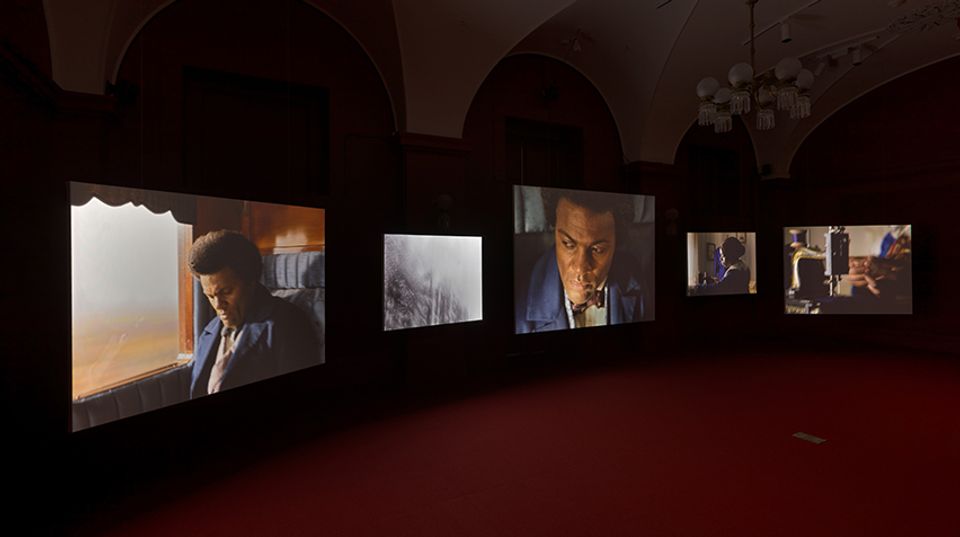The Wave Field, completed by Maya Lin in 1995 for the University of Michigan, incorporates two landscapes. There's obviously the physical landscape into which it's built, a 10,000-square-foot patch of earth. But Lin's also addressed a sort of social landscape by designing the piece to correspond with aerospace engineering concepts. She renders physics—certainly the hard science fundamental in engineering—through the undulating waves.
At the root of Lin's design is a naturally occurring oceanic wave phenomenon named after the physicist Sir George Gabriel Stokes. With the fifty grassy "waves" occurring over eight rows, Lin draws from a perspective of nature that's not exactly naturalistic—she settled on the wave form after viewing satellite photography of the ocean—work made possible by the advances in air and space science. Neither is the site of The Wave Field itself perfectly "natural"—it's a plot of lawn sandwiched between campus buildings. Yet the wave formation responds to the intended function of the site: it incorporates concepts from physics and, of course, makes a good place for students to congregate.
The design led Lin to work wave functions into other pieces: Flutter, an installation in progress in Miami, Florida, and Storm King, a wave field she's currently plotting for a 90,000-square-foot site in New York.


















